Amanita vaginata: characteristics and habitat
1 year ago · Updated 6 months ago
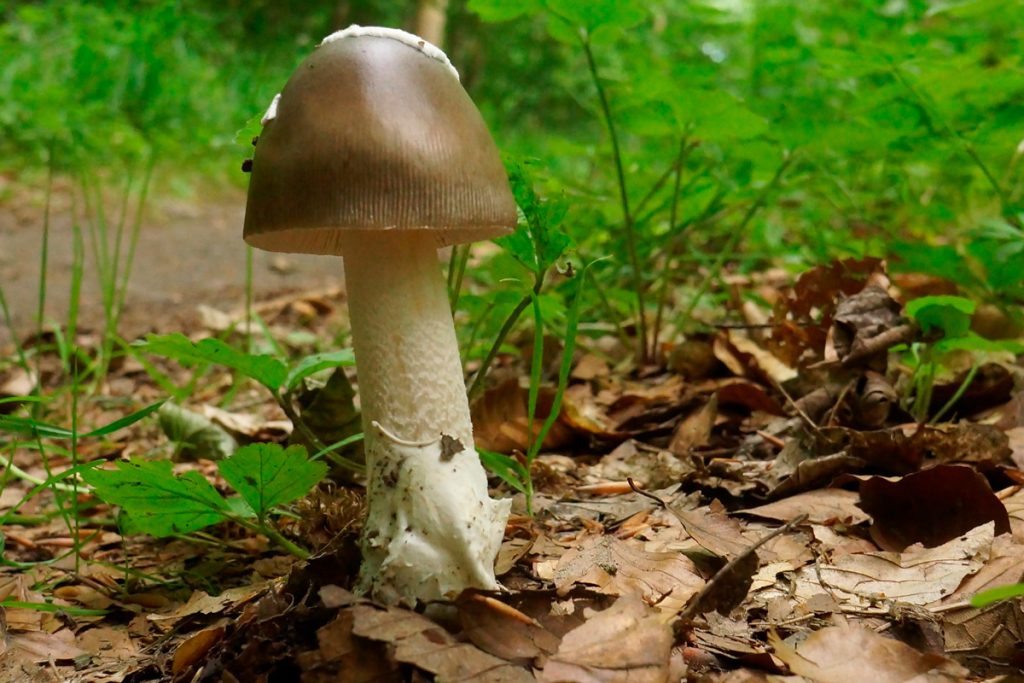
The Amanita vaginata, also known as the white cucumber mushroom, is a mushroom that arouses interest among both mycology enthusiasts and those seeking new culinary experiences.
In this guide, we will explore its characteristics, habitat, fruiting season, edibility, and much more. Discover why this mushroom is an interesting addition to your mycological knowledge and how you can identify it correctly to avoid confusion with other species.
Our mushroom guides are essential for correctly identifying edible mushrooms and avoid those that are toxic.
- What is Amanita vaginata?
- Equip yourself with everything you need to search for edible mushrooms
- Macroscopic characteristics of Amanita vaginata
- Habitat and distribution of Amanita vaginata
- When is the fruiting season for this mushroom?
- Precautions when collecting Amanita vaginata
- Can Amanita vaginata be confused with other mushrooms?
- Interesting facts about this mushroom
- Is Amanita vaginata edible?
- How to cook Amanita vaginata safely
- Poisoning by Amanita vaginata
What is Amanita vaginata?
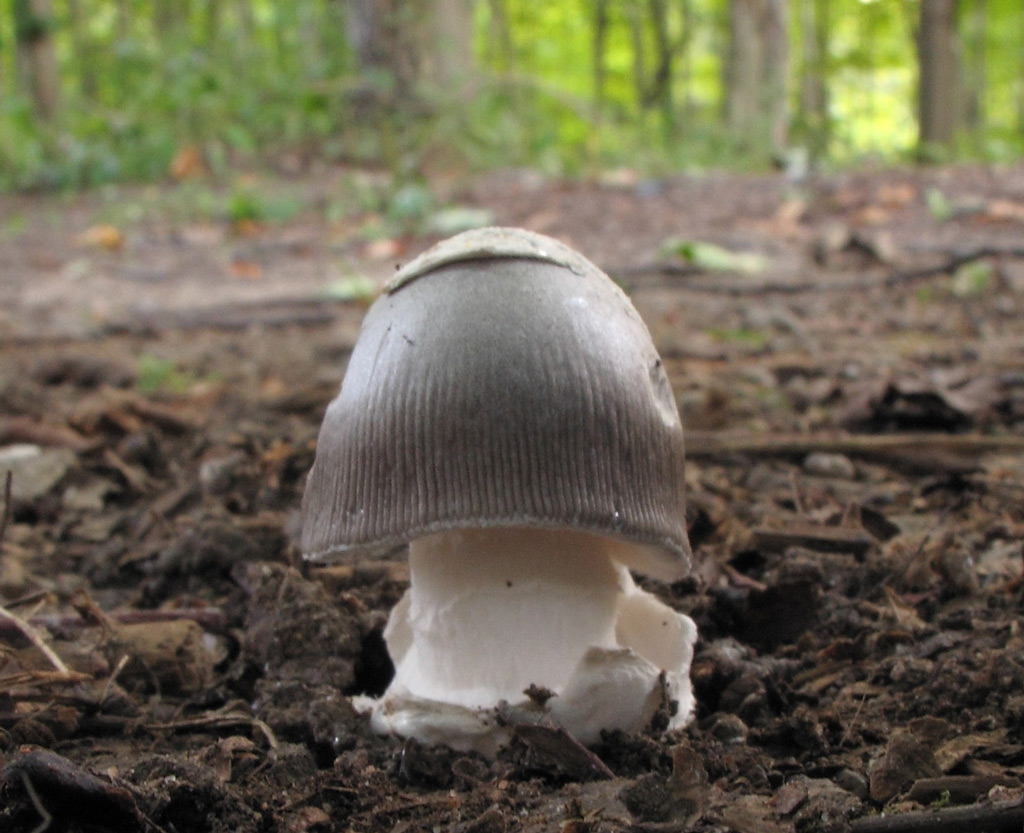
Amanita vaginata, also known as the sheathed amanita or cucumela, is a basidiomycete fungus belonging to the Amanitaceae family. It is characterized by its grayish cap and its stem with a distinctive white volva that seems to envelop the base, giving it its common name.
It is known to be one of the edible mushrooms, although certain precautions must be taken when consuming it. Unlike other amanitas, such as the dreaded Amanita phalloides, the cucumber mushroom can be used in cooking as long as the proper instructions for preparation are followed.
It is essential to identify this mushroom before consumption, as there are similar species that can be toxic. For this reason, Amanita vaginata should only be collected by experienced mushroom hunters or under the guidance of an expert.
Equip yourself with everything you need to search for edible mushrooms
Before you start collecting, you must have your mycological equipment ready. Without it, you will not enjoy the experience in the woods as much, and you may be exposed to penalties or fail to preserve the mushrooms in the best possible way.
In our online mushroom equipment store, you will find wicker baskets and chestnut baskets, the best mushroom knives, the new mushroom backpacks, dehydrators, books, ... More than 2,000 products selected by mushroom enthusiasts to equip our hobby.
Common names and etymology of the scientific name
Amanita vaginata has several popular names depending on the region, such as Cucumela, Amanita enfundada, Platera estriada, Candela, and Cogomella, among others. In different languages and dialects, these names reflect visual characteristics or cultural perceptions of the mushroom.
As for the etymology of the scientific name, “Amanita” comes from Mount Amanos in Greece, where these mushrooms are believed to have been initially collected and described. “Vaginata” refers to the volva that surrounds the base of the stem, resembling a sheath (vagina in Latin).
Macroscopic characteristics of Amanita vaginata
Amanita vaginata has characteristics that make it easy to identify in the field. Its most notable features are described below.
What does Amanita vaginata look like?
- Cap: 5 to 10 (12) cm in diameter, bell-shaped in its early stages of growth, flattening with age. The cuticle is separable and can be ash gray, lead gray, or white. The center is often darker and the edge lighter.
In young specimens, the cap is ovoid and spreads out to become flatter with maturity.- Gills: Free from the stem, relatively crowded and white. Free and white, they are located under the cap and are one of the most important distinguishing features for identification.
- Stem: Elongated, white, solid when young and hollow when mature. It lacks a ring but has a white volva at the base. Cylindrical and hollow, with a white surface and a base wrapped in what is known as a volva, a membranous structure that is a remnant of the partial veil.
- Flesh: White, fragile, with no distinctive odor and a sweet taste when raw.
These characteristics help distinguish Amanita vaginata from other species in the same family, although it is always recommended to consult an expert for accurate identification.
Habitat and distribution of Amanita vaginata
Amanita vaginata prefers to grow in coniferous and deciduous forests, where it forms a symbiotic relationship with tree roots. This mutualistic relationship allows it to obtain essential nutrients for its development. It is widely distributed throughout Europe, being more common in some regions where climatic conditions are more favorable for its growth.
When searching for Amanita vaginata, it is important to bear in mind that these mushrooms may be scarcer in areas of intensively managed forests, as these environments can alter the natural conditions that favor their appearance.
Where can we find Amanita vaginata?
Amanita vaginata is a cosmopolitan species with a wide distribution. It can be found in almost any type of forest, including broadleaf and coniferous forests, holm oaks, oaks, beeches, cork oaks, and pines. It grows in isolation or in small groups and is common on the Iberian Peninsula.
When is the fruiting season for this mushroom?
The fruiting season for Amanita vaginata is from summer to fall. However, it can appear at almost any time of year if the weather conditions are right, especially in the presence of rain.
Precautions when collecting Amanita vaginata
Although Amanita vaginata is edible, certain precautions should be taken when collecting it to avoid possible poisoning:
- Always check the identification with an expert before consumption.
- Do not collect very young or old specimens, as they may be more difficult to distinguish from other potentially dangerous species.
- Only collect specimens in good condition and avoid those that show signs of deterioration or have been partially consumed by insects.
It is important to emphasize that wild mushrooms should always be consumed with knowledge and responsibility. Therefore, carrying a field manual or mushroom guide can be very helpful during foraging trips.
Can Amanita vaginata be confused with other mushrooms?
Yes, it is possible to confuse Amanita vaginata with other mushroom species, some of which are highly toxic, such as Amanita virosa, Amanita verna, and Amanita phalloides var. alba. Key differences include the absence of a ring and the color of the gills. It is crucial to recognize these differences to avoid dangerous confusion.
Similarities and differences with other mushrooms
- Amanita virosa
- Similarities:
- Similar shape of the cap and stem.
- Presence of volva at the base.
- Differences:
- Amanita virosa has an unpleasant odor, while Amanita vaginata has no distinctive odor.
- Amanita virosa has a ring on the stem, which is absent in Amanita vaginata.
- Amanita verna
- Similarities:
- White cap and gills.
- Presence of volva at the base of the stem.
- Differences:
- Amanita verna has a ring on the stem, while Amanita vaginata does not.
- Amanita verna has an unpleasant odor, unlike Amanita vaginata.
- Amanita phalloides var. alba
- Similarities:
- Generally white appearance.
- Presence of volva at the base of the stem.
- Differences:
- Amanita phalloides var. alba has a ring on the stem, while Amanita vaginata does not.
- Amanita phalloides var. alba is highly toxic, while Amanita vaginata is edible if cooked properly.
Interesting facts about this mushroom
Amanita vaginata has been the subject of several studies due to its unique characteristics and variability in coloration. In the past, all Amanitopsis (ringless Amanitas) were considered varieties of Amanita vaginata, but they are now recognized as distinct taxa.
Is Amanita vaginata edible?
Yes, Amanita vaginata is edible, but with precautions. It is essential to cook it thoroughly, as when raw it contains hemolysins, substances that destroy red blood cells and are toxic. These toxins are deactivated at temperatures above 70 degrees Celsius, so prolonged cooking is crucial.
How to cook Amanita vaginata safely
Cooking Amanita vaginata is essential to eliminate any possible toxicity. Here are some tips for preparing it:
- Boil before cooking: it is important to boil the mushroom in salted water for at least 15 minutes.
- Discard the cooking water, as it may contain toxins released by the mushroom.
- Cook thoroughly before eating, whether sautéed, in stews, or as part of more elaborate recipes.
By following these steps, you can enjoy the culinary qualities of Amanita vaginata with peace of mind and safety.
Remember that at La casa de las setas, you will find everything you need to enjoy mushroom picking and cooking. From picking baskets to specialized guides, we equip you to make every mycological adventure a success.
Poisoning by Amanita vaginata
Consuming raw Amanita vaginata can result in poisoning due to the presence of hemolysins. These toxins are thermolabile, meaning they break down with heat, so the mushroom must be cooked thoroughly before consumption.
See you in the woods!

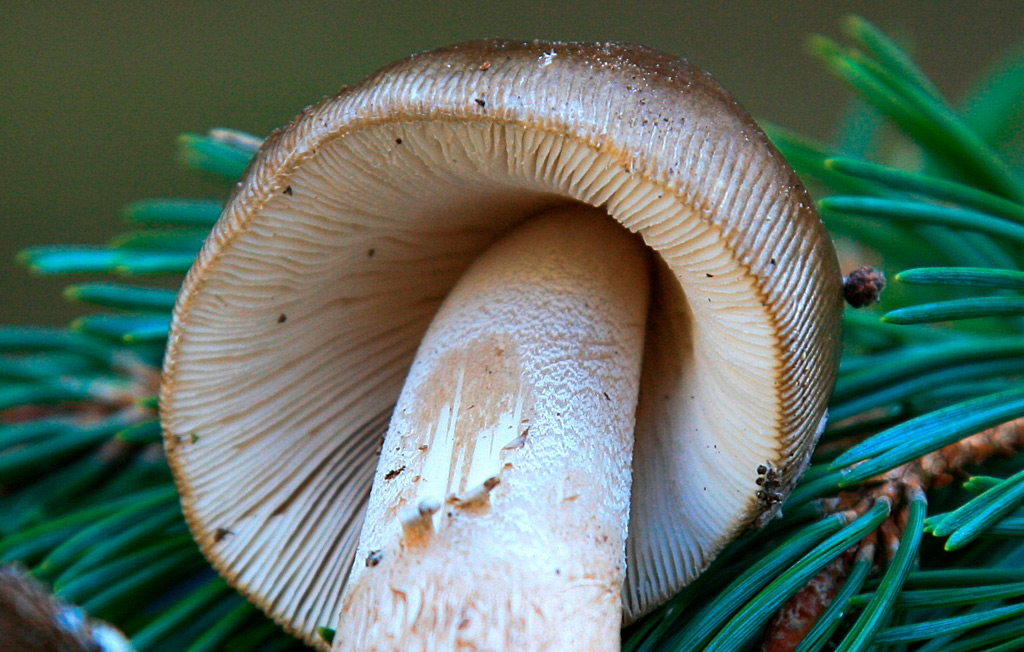
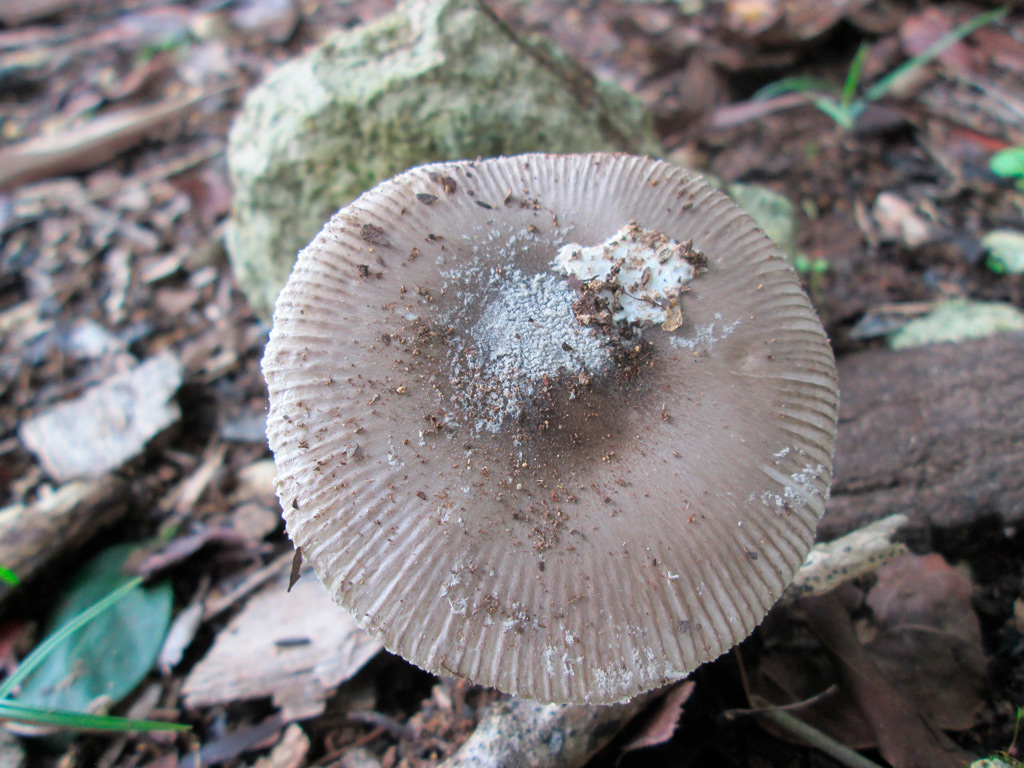
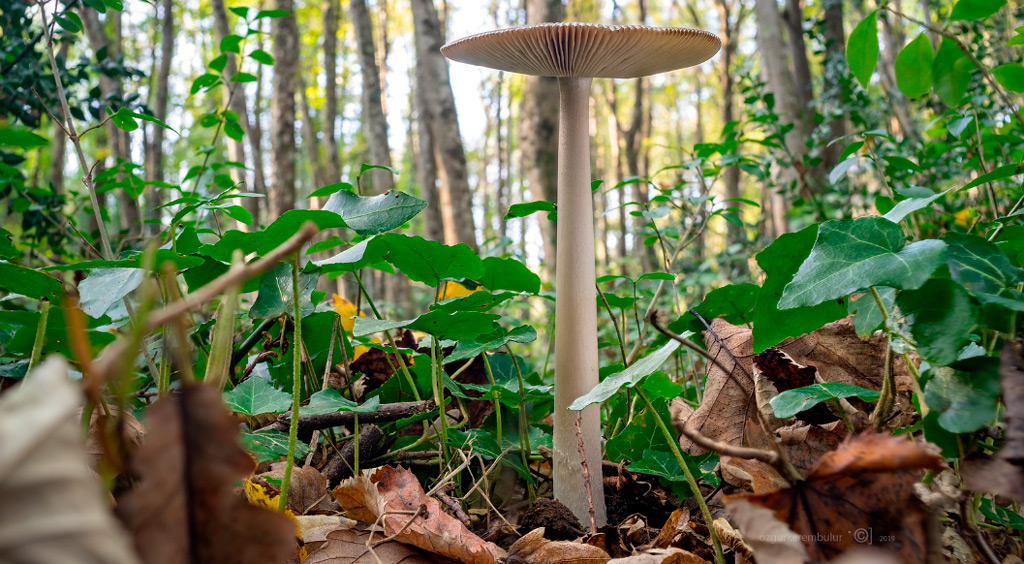
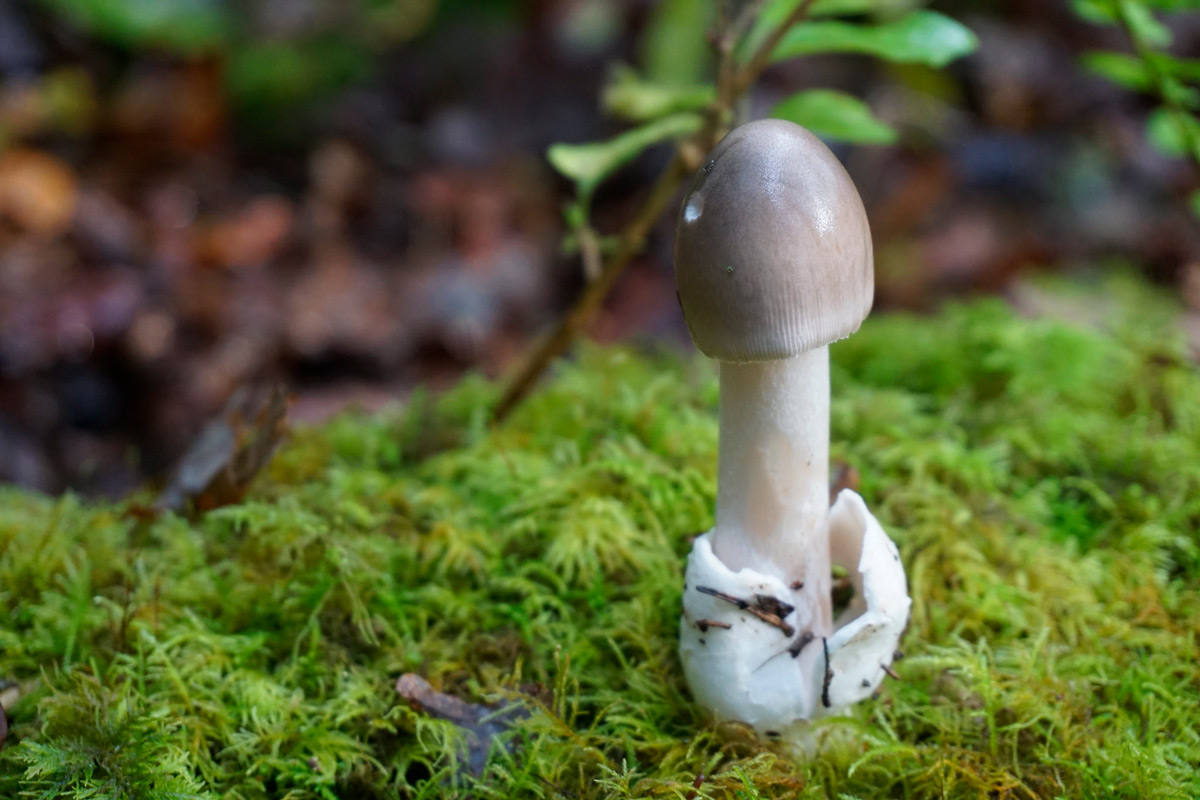
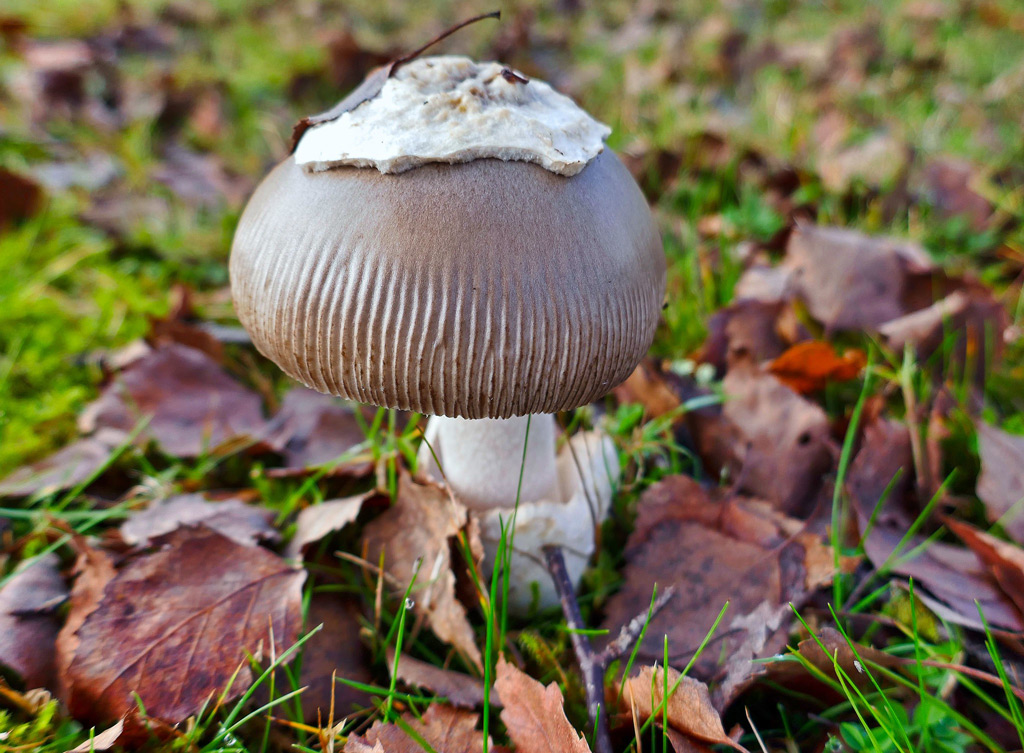

Te pueden interesar